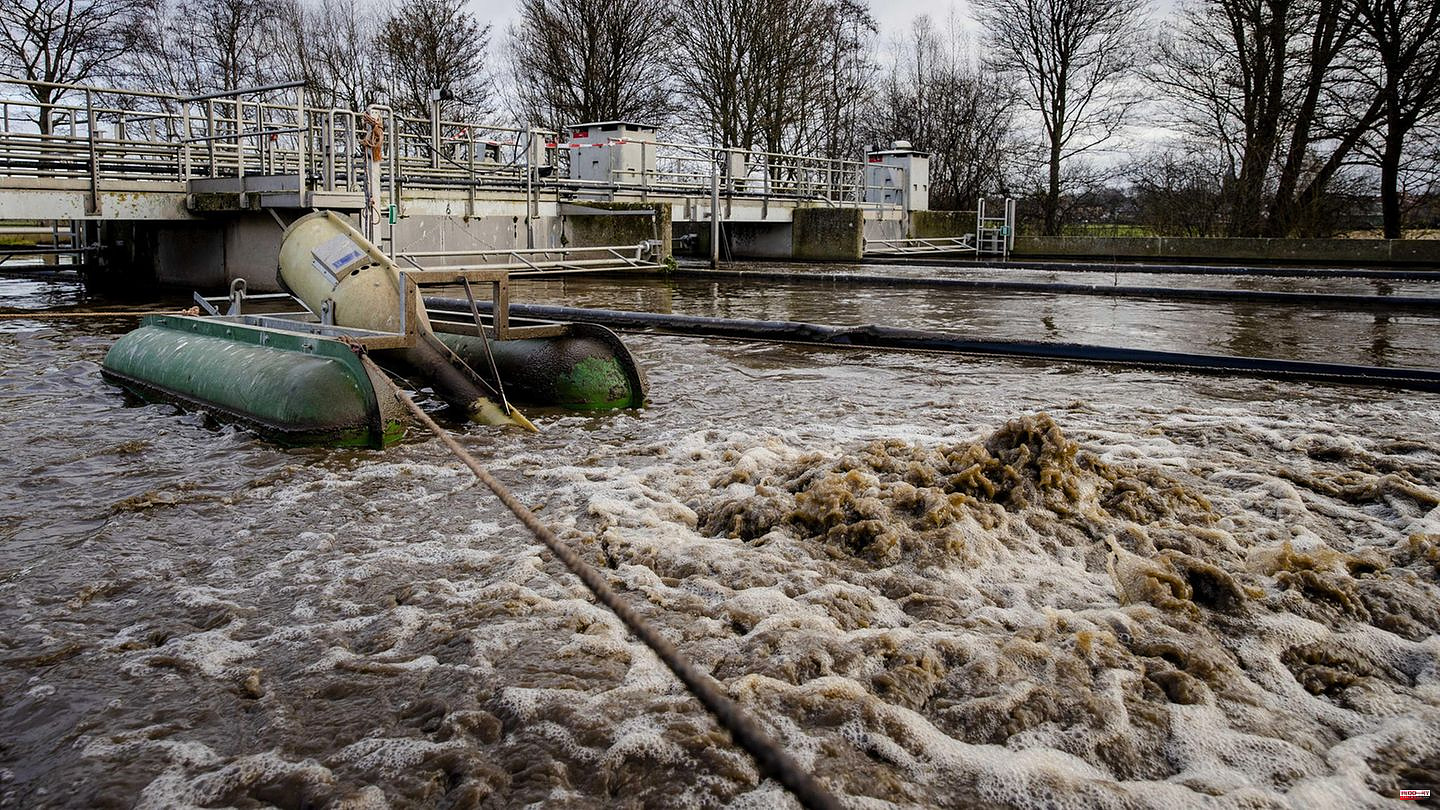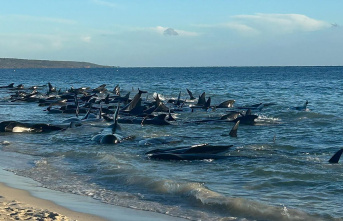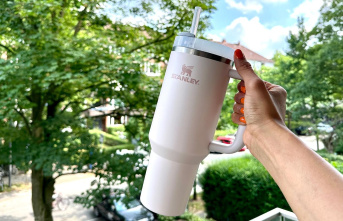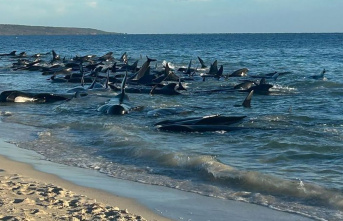They repel dirt and water: The so-called PFAS chemicals are therefore used in products such as coated pans and jackets. Extinguishing foams for firefighting or the coolants in heat pumps can also contain PFAS. However, they can be harmful to health and the environment. According to reports from NDR, WDR and "Süddeutsche Zeitung", exposure to these "eternal chemicals" in Germany is said to be greater than previously thought. According to this, PFAS can be detected in more than 1500 locations in Germany, especially in the southwest of the republic and in the north along the Elbe and Hamburg.
At the beginning of February, Germany, together with Denmark, the Netherlands, Norway and Sweden, made a move in the EU to ban around 10,000 of these "eternal chemicals".
Environment Minister Steffi Lemke (Greens) announced that she wanted to put a stop to the environmental pollution caused by these particularly problematic chemicals. Authorities estimate that if nothing is done about it, around 4.4 million tons of PFAS will end up in the environment over the next 30 years.
"Due to their chemical composition, PFAS do not degrade in the environment over very long periods of time," said Lemke. Although this is often useful in practice, it also means that these chemicals can cause damage in nature and in the human body in the long term. It's also about cancer. Disposal of the substances is extremely complicated.
An investigation by the Federal Environment Agency last year found excessive amounts of PFAS in the blood of children and young people. In up to a quarter of the young people, the concentration in the body was so high that "health effects can no longer be ruled out with sufficient certainty," it said.
In March, the EU Chemicals Agency (ECHA) wants to examine whether bans are compatible with EU law. If so, the proposal will be scientifically examined. This usually takes about a year. Then the EU Commission and the EU states decide on possible restrictions. This could happen in 2025.
According to ECHA, this would be one of the largest chemical bans in Europe. Companies would be forced to find alternatives. According to the proposal, they should be given between one and a half and twelve years. However, the proposed restriction covers only part of the substances. There is still no substitute for the chemicals in fire protection clothing or fire extinguishing foam, according to the Ministry of the Environment.
The Bund für Umwelt und Naturschutz Deutschland (BUND) welcomed the proposal. "It is very welcome that the proposal is finally on the table," said a spokesman. It was overdue and will now be read with the necessary skepticism. On the other hand, criticism came from the Association of the Chemical Industry. The association announced that the substances and uses should be considered and evaluated separately. "A blanket ban on the entire PFAS group of substances without a differentiated substance and application-specific assessment is therefore inappropriate in our view." In addition to the effects on people and the environment, the positive effects and economic efficiency must also be considered for an assessment.
Sources: agencies, NDR












